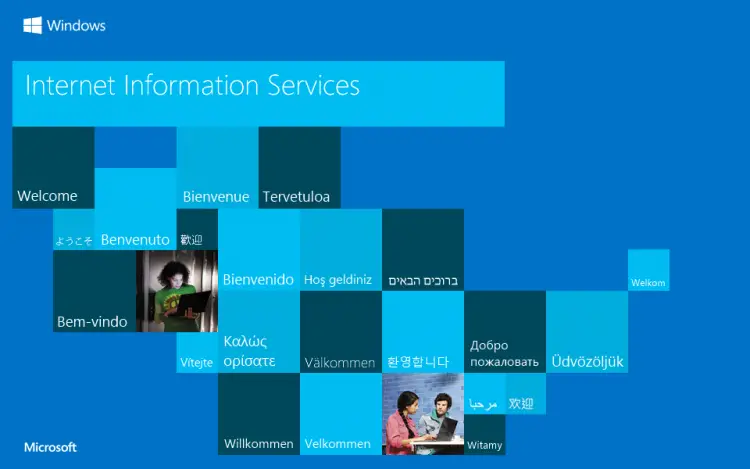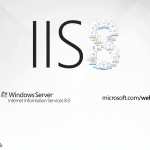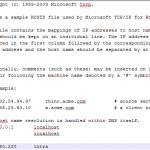This post was most recently updated on April 29th, 2022.
2 min read.It’s the roaring twenties again, cloud is the hot stuff, and nobody needs a server anymore. Right?
Nope! I’ve been involved in more on-prem or hybrid projects in the last 12 months than in the last 3-4 years combined. There are plenty of industries and valid uses for still setting up on-prem servers. And quite often, that includes setting up IIS (Internet Information Services) on said machines.
And of course, there’s the classic use case – local development. Depending on what you’re trying to achieve, you might be fine with “just” IIS Express, but often you’ll still want to set up a full-blown IIS installation.
For this case, you might be setting up IIS on Windows 10 as well. And this short and sweet tutorial will guide you through just that!
Prerequisites
The process has remained essentially the same, at least since the days of IIS 7.0 over 10 years ago – obviously, the screenshots below would be slightly different for different versions of the Operating System each IIS version ships with.
Talking about that – here’s a list of different IIS versions that are available with different Windows versions:
| IIS version | Operating System version |
|---|---|
| IIS 10 | Windows Server 2019 Windows Server 2016 Windows 10 (Enterprise, Education, Pro) |
| IIS 8.5 | Windows Server 2012 R2 Windows 8.1 |
| IIS 8 | Windows Server 2012 |
| IIS 7.5 | Windows 7 Windows Server 2008 R2 |
| IIS 7.0 | Windows Server 2008 |
| IIS 6.0 | Windows Server 2003 |
In short, you’ll need one of those Windows versions, an internet connection, and an administrator account. That’s it.
Solution
Okay – let’s get to it, then!
Time needed: 10 minutes
To enable IIS on a Windows 10 computer, follow these steps!
- Open the Start menu
That’s where it starts. Probably not a surprise.
- Type features and select Turn Windows features on or off
It’ll look something like this:

- Choose your IIS configuration of choice
I’m not gonna lie, 99% of the time it’s safe to get started by just installing IIS with default options – i.e., just select the checkbox for “Internet Information Services”. You’ll see the checkbox “filled”, which means you don’t have everything selected. Instead, you’ll get a basic selection of default modules.

Hit OK to proceed with the installation!
If you want to see what my machine – Windows 10 Enterprise – gets by default, check out appendix 1! - Practice your patience
It’ll take a while. This is what you’ll see:

And after a while…
Yay! - That’s it!
You can now get started with your IIS server by searching for “IIS” – you should get results somewhat like in the screenshot below:

You can also start IIS Manager by hitting the windows key + R and entering “inetmgr” and hitting Enter – the end result is the same as searching for it from the Start Menu.

References & Appendices
- How to install IIS 8.5 on Windows Server 2012 R2 – to be fair, the process is very similar between most Windows and IIS versions :)
Appendix 1

- Taming my Home Assistant database growth - February 11, 2025
- Dev Drive performance increase in real life scenarios? - February 4, 2025
- Join my session at CTTT25 this week: Level Up Your Teams Extensibility Game with Blazor | Session materials from Cloud Technology Townhall Tallinn 2025! - January 28, 2025



